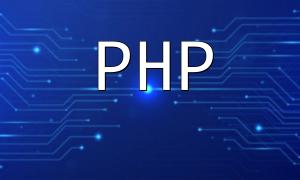Namespaces are an essential feature in PHP development, especially when working on large projects. They effectively prevent conflicts among class names, function names, and constants. This article guides you through how to import namespaces in PHP to help you write well-structured and maintainable code.
Namespaces were introduced in PHP 5.3 to avoid naming conflicts in code. By grouping related code into specific namespaces, developers ensure that classes, functions, and constants can exist independently in their respective scopes.
Namespaces are typically declared at the top of a PHP file using the namespace keyword. For example:
namespace MyProject\Controllers;This code defines a namespace called MyProject\Controllers, under which you can declare classes and functions.
When you need to use classes or functions from another namespace within your current namespace, you can use the use keyword to import them, simplifying your code.
namespace MyProject\Controllers;
use MyProject\Models\User;
class UserController {
public function getUser() {
$user = new User();
// Additional related code
}
}This allows you to directly use the imported class names without writing their full qualified namespace.
If you need to import multiple classes, separate them with commas:
use MyProject\Models\User, MyProject\Models\Admin;This way, you import both the User and Admin classes at once.
Namespaces combined with autoloading can greatly improve code organization. Composer is a widely-used PHP autoloader tool that, by following a standardized directory structure and namespace mapping, automatically loads class files and reduces the need for manual includes.
Create a composer.json file in your project root with the following content:
{
"autoload": {
"psr-4": {
"MyProject\\": "src/"
}
}
}Then place your class files under the corresponding namespace subfolders inside the src directory. Run composer dump-autoload to generate the autoload files.
Understanding how to define and import namespaces is fundamental for writing high-quality PHP code. When combined with autoloading tools, your code becomes more modular and maintainable. Hopefully, this guide helps you master PHP namespaces and improve your development workflow.










